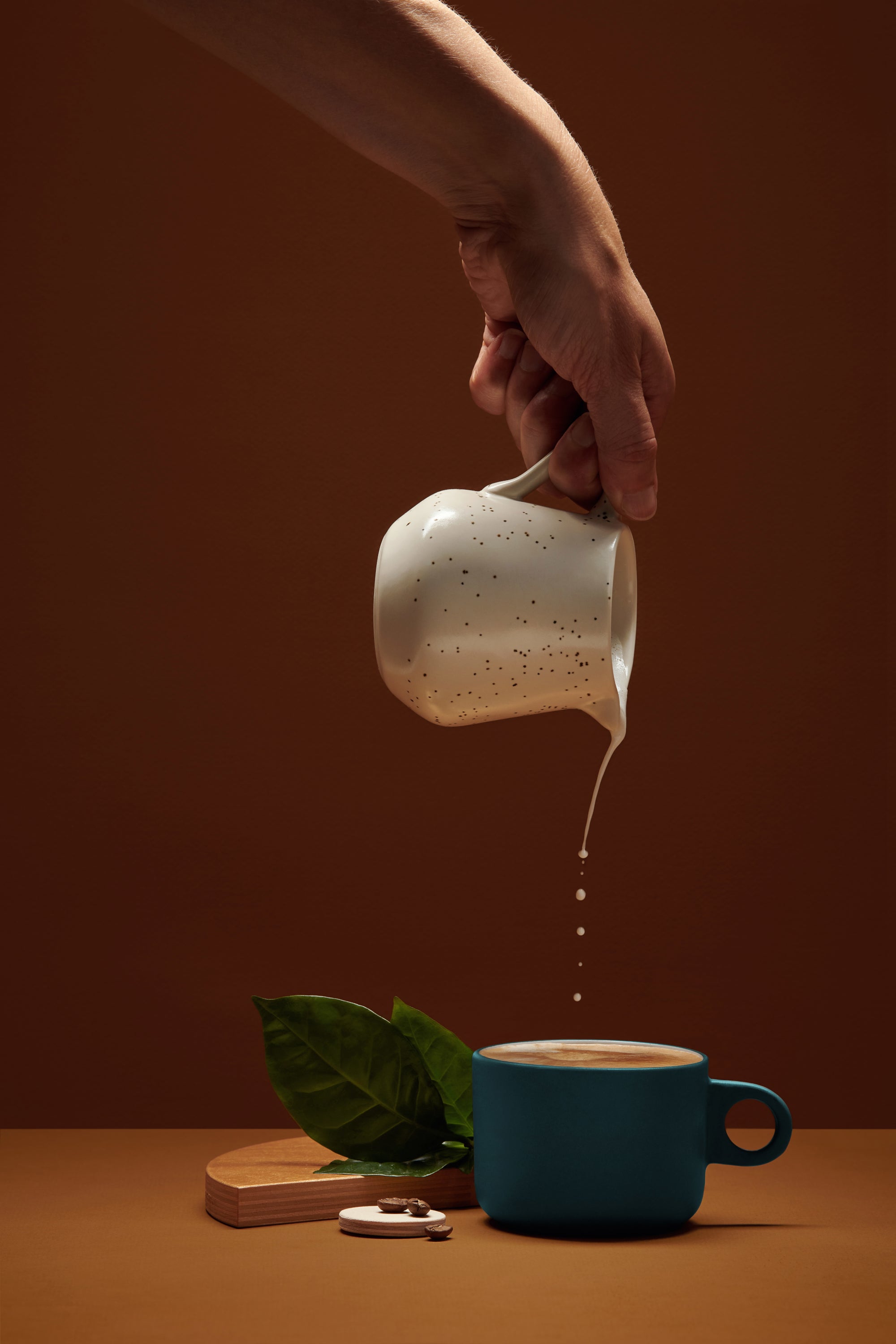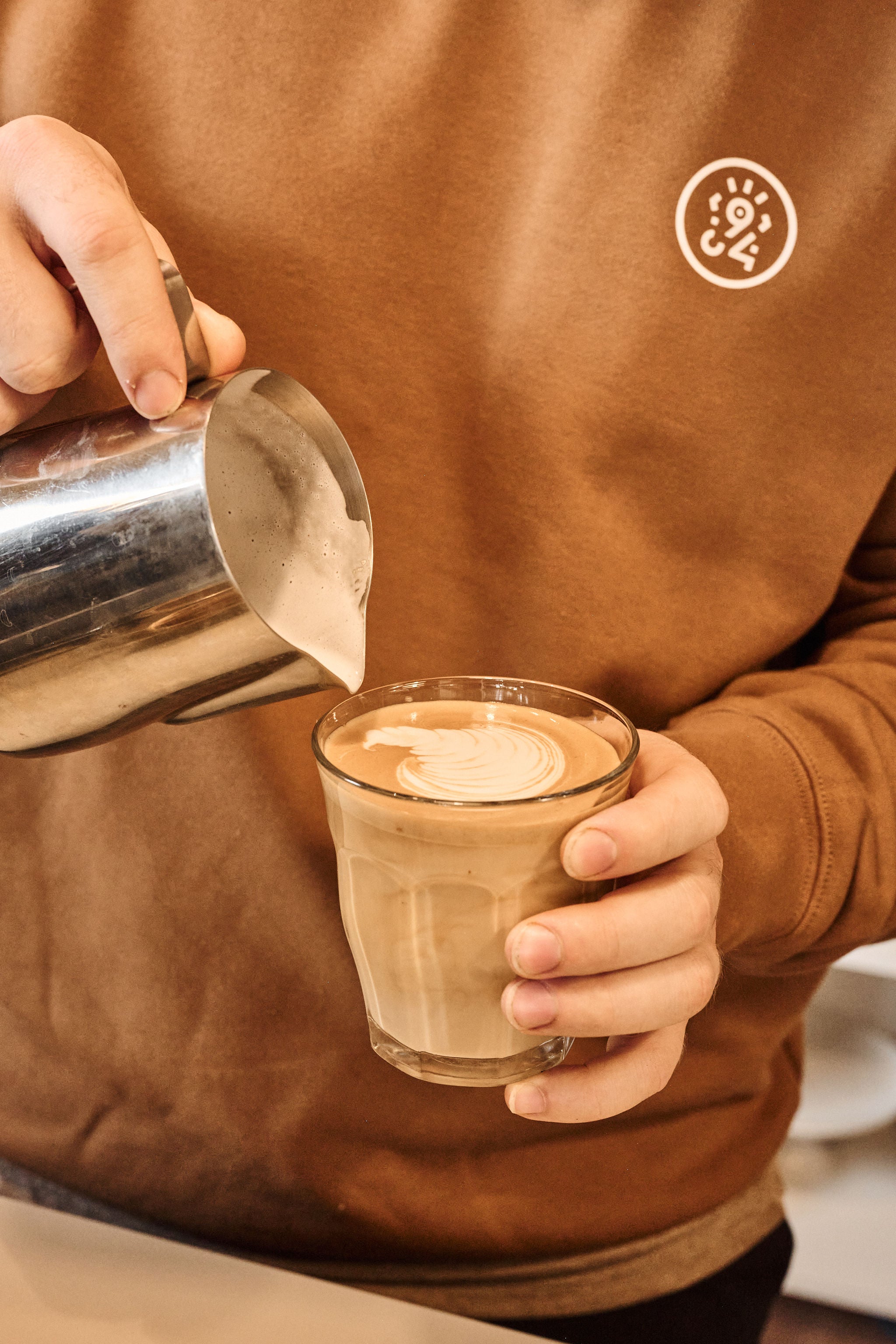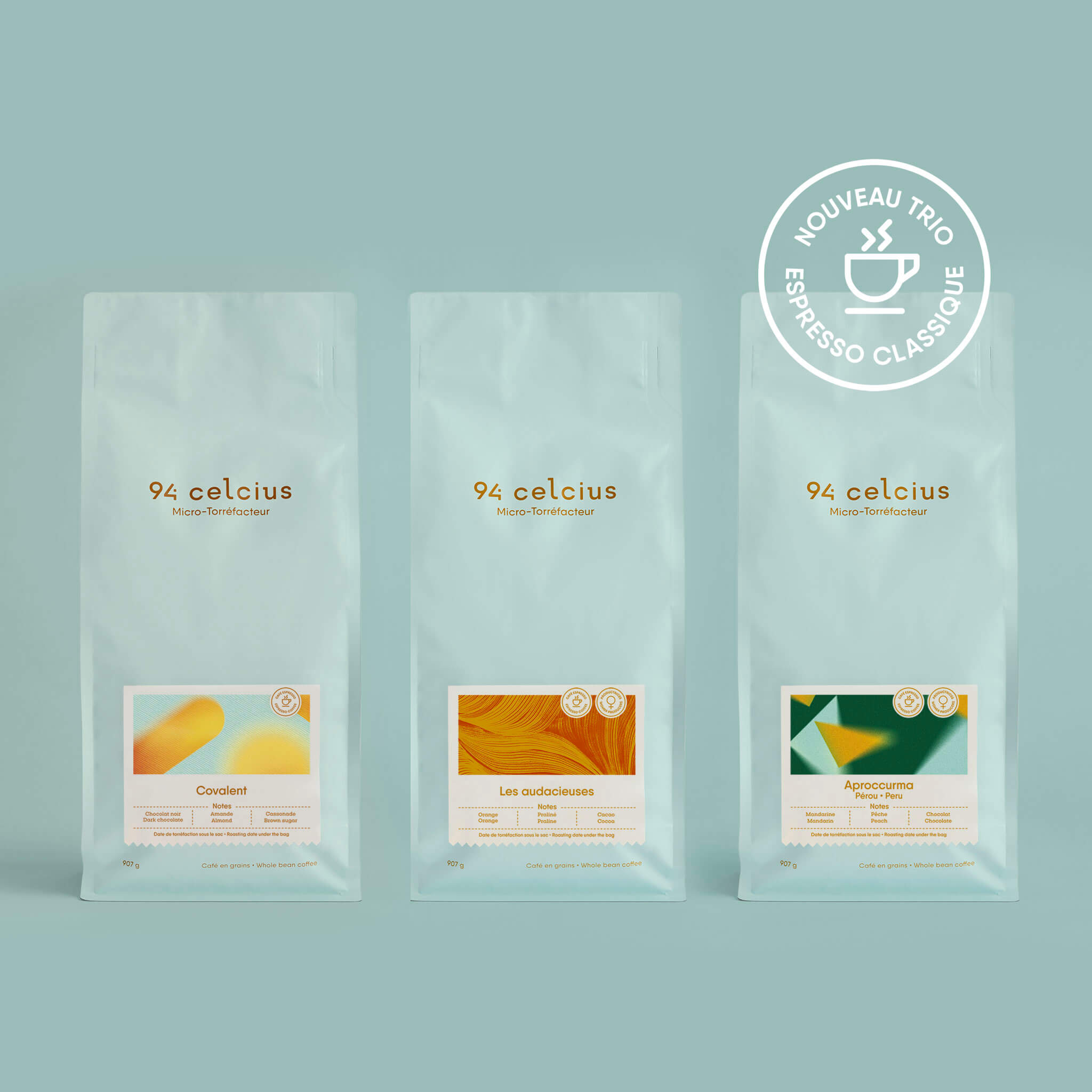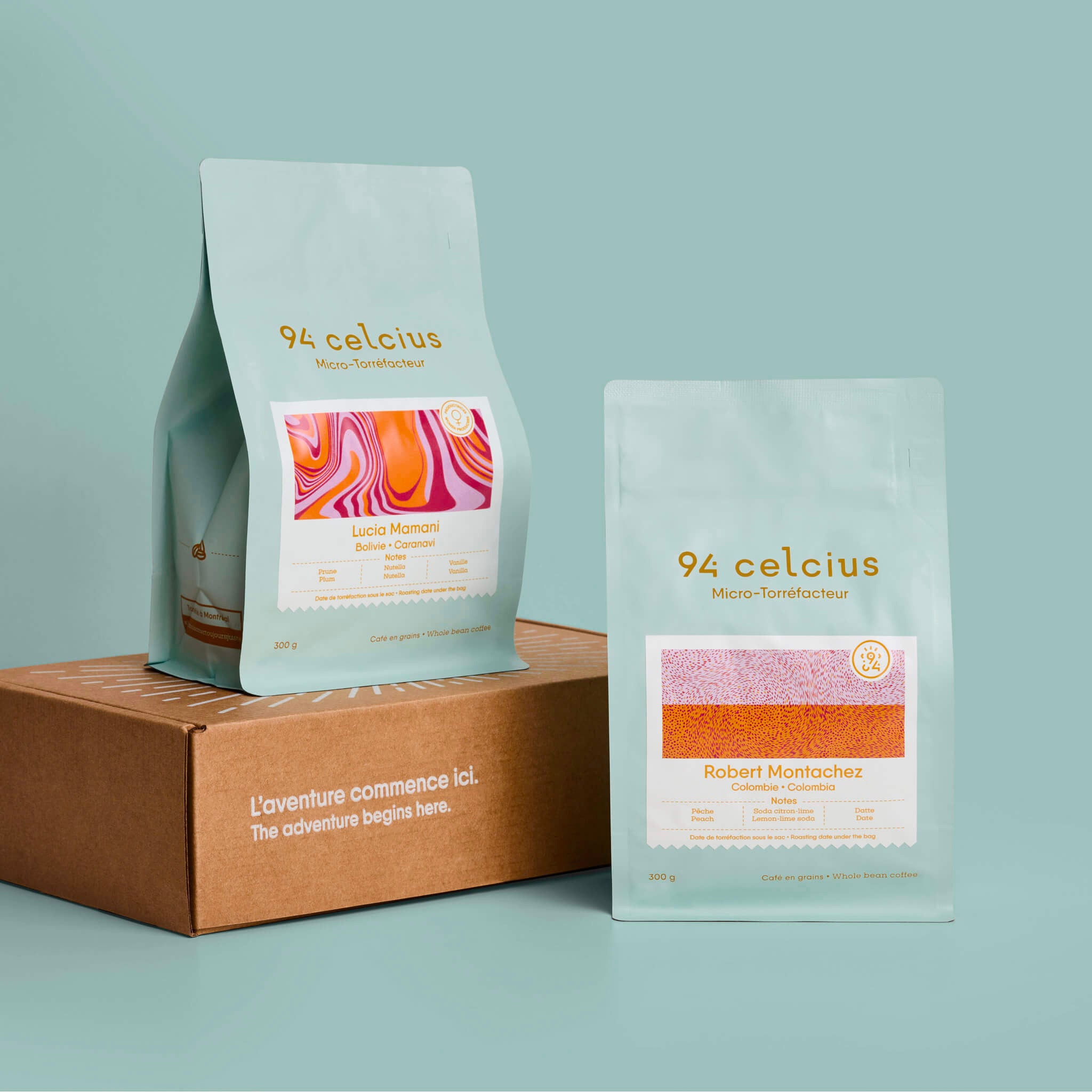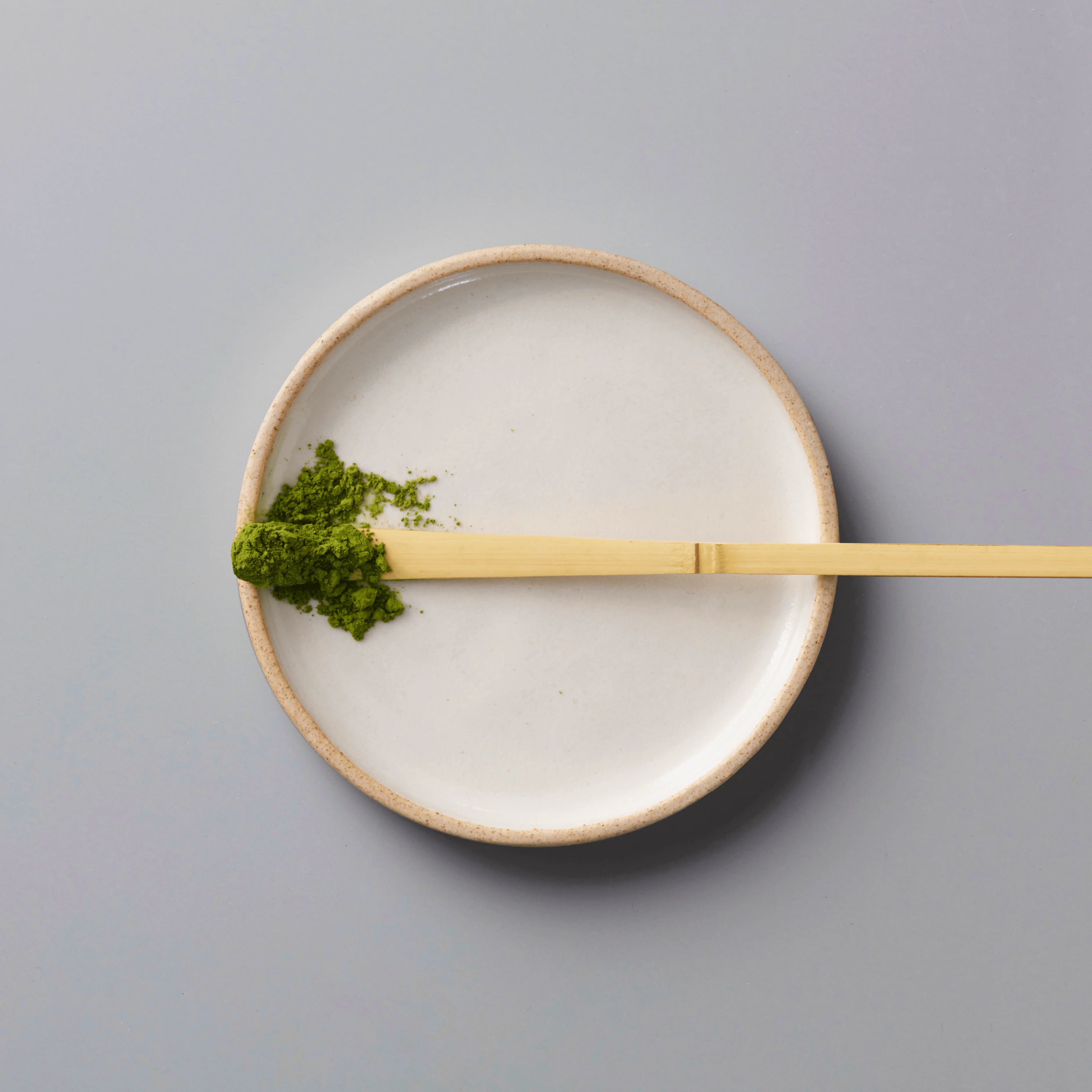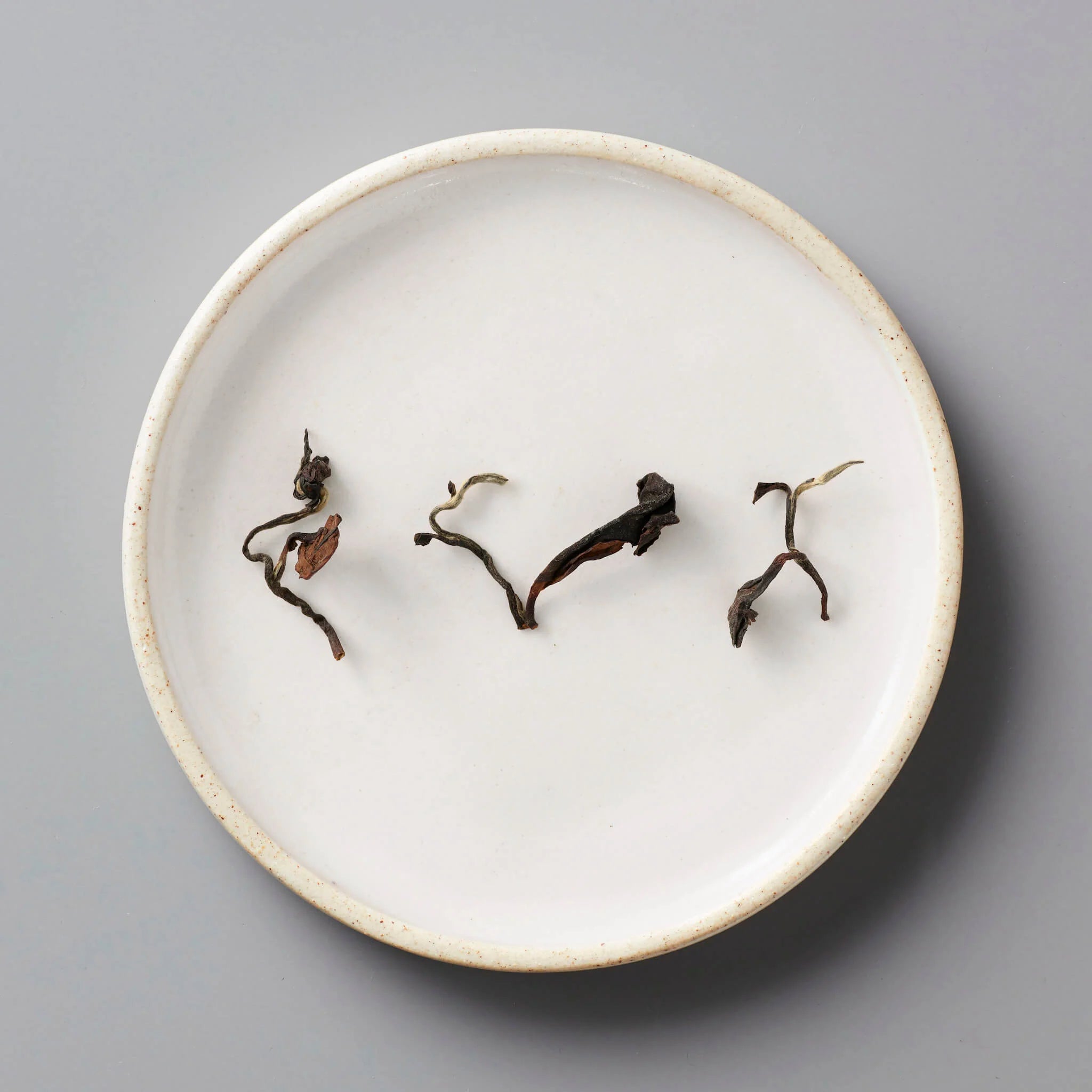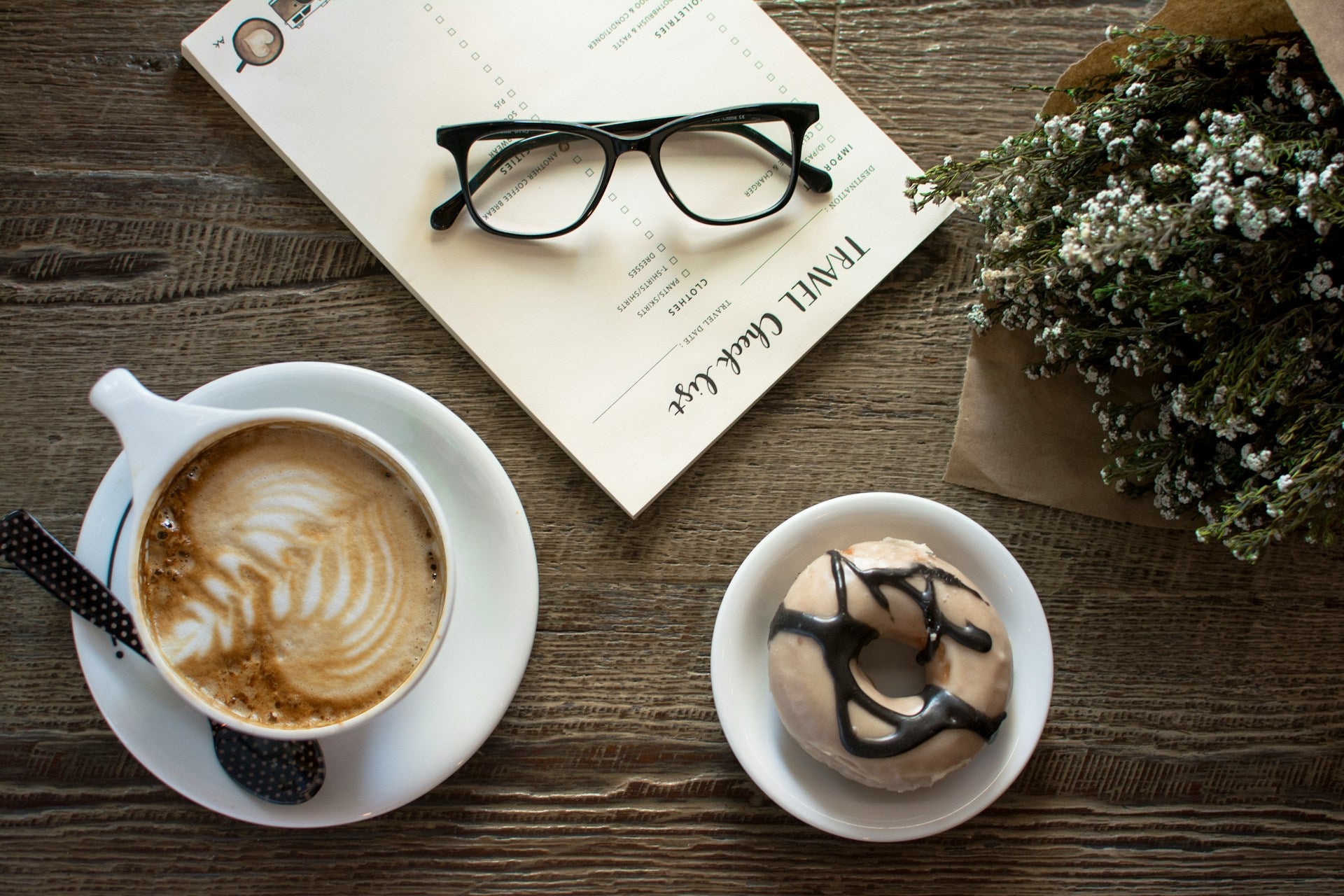Cappuccino: The Art and History of the Iconic Barista Drink
Visit cappuccino is undoubtedly one of the world's most iconic caffeinated beverages. Loved for its perfect balance of espresso, hot milk and foam, it has become a staple on café menus and a must-have drink for every barista. In this article, we explore the origins of cappuccino, its distinctive characteristics and how to prepare it at home like a true barista.
The Origins of Cappuccino: An Italian Story
Cappuccino has its roots in Italy, where it first appeared in the early 20th century. Its name derives from the Capuchin monks ("cappuccini" in Italian), in reference to the brown color of their robes, similar to that of the drink when mixed.
Over the decades, cappuccino has become a mainstay of Italian coffee culture, often consumed in the morning with a croissant. Its blend of textures and flavors then conquered the world, becoming a must-have drink in specialty cafés.
What is a cappuccino?
A traditional cappuccino consists of :
- 1/3 espresso The drink's intense, aromatic base.
- 1/3 warm milk Softens the intensity of the espresso.
- 1/3 milk foam A thick, airy mousse that crowns the drink.
The result is a well-balanced beverage where espresso, milk and foam combine to create a smooth, flavorful experience.
Cappuccino vs Latte: What's the difference?
Although often confused, cappuccino and latte are two distinct drinks:
- Cappuccino : Smaller in size (150 to 180 ml), it features a thick froth and an equal amount of hot milk and espresso.
- Latte : Larger (240 to 300 ml), it contains more hot milk and a fine layer of foam, making it a creamier drink.
The cappuccino is ideal for those looking for a well-balanced drink where the foam adds a luxurious texture, while the latte puts more emphasis on the milk.
How to prepare a cappuccino like a Barista?
Ingredients:
- 18 to 20 g of ground coffee for an espresso.
- 150 ml whole milk (for a rich, stable foam).
Equipment:
- An espresso machine.
- A steam nozzle to texture the milk.
- A 150-180 ml ceramic mug.
Preparation steps :
1. Prepare the Espresso :
- Properly pack 18-20 g of ground coffee into the filter holder of your espresso machine.
- Extracts a shot of espresso directly into a preheated cup.
2. Texture the Milk:
- Pour the cold milk into a stainless steel pitcher.
- Use your machine's steam nozzle to heat the milk. Position the nozzle just below the surface to create a thick, airy foam. Once the milk has reached around 65°C, stop.
- The foam should be smooth, shiny and free of large bubbles.
3. Assemble the Cappuccino :
- Pour the hot milk over the espresso, maintaining a thick foam on top.
- Finish with a thin layer of foam that completely covers the drink.
